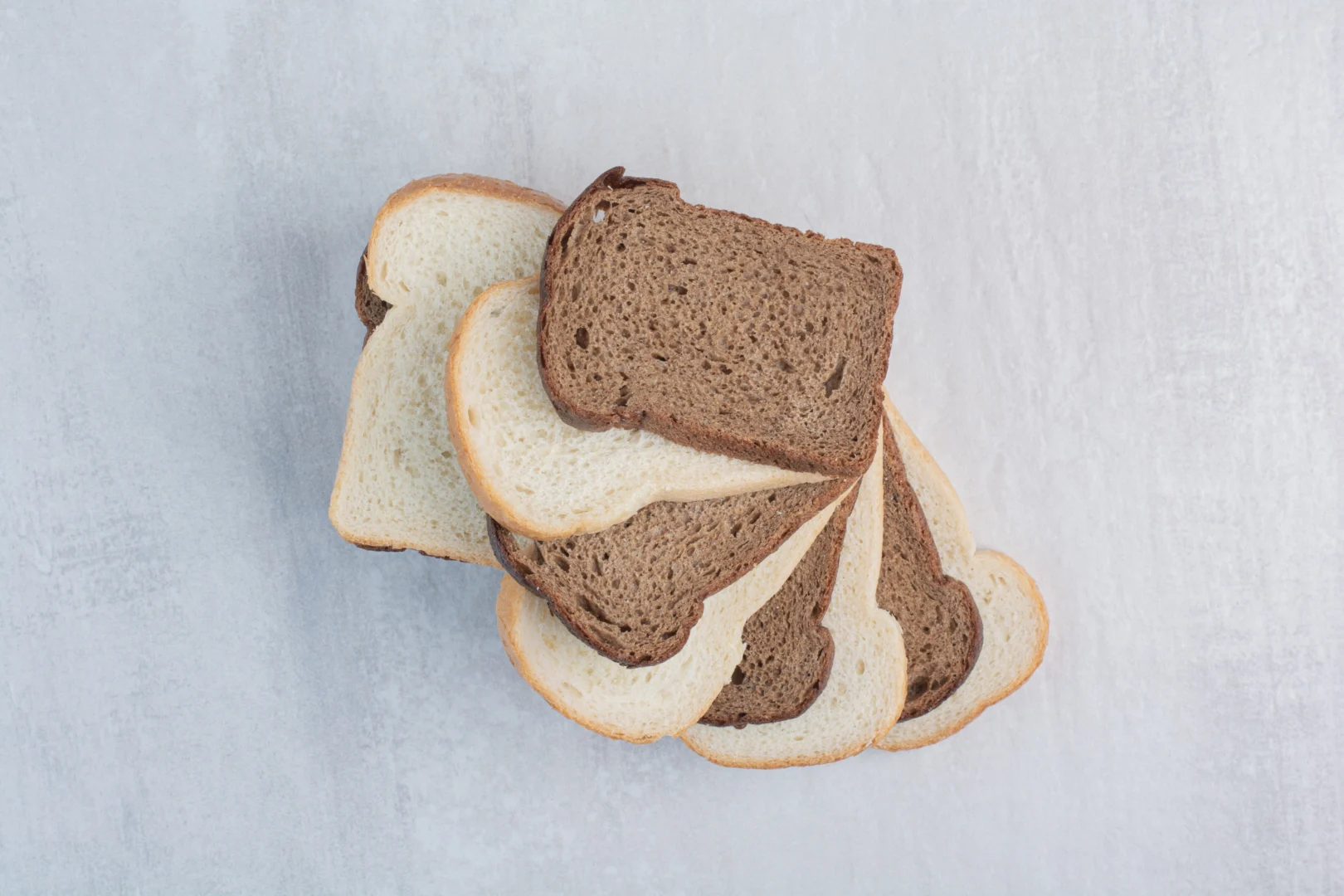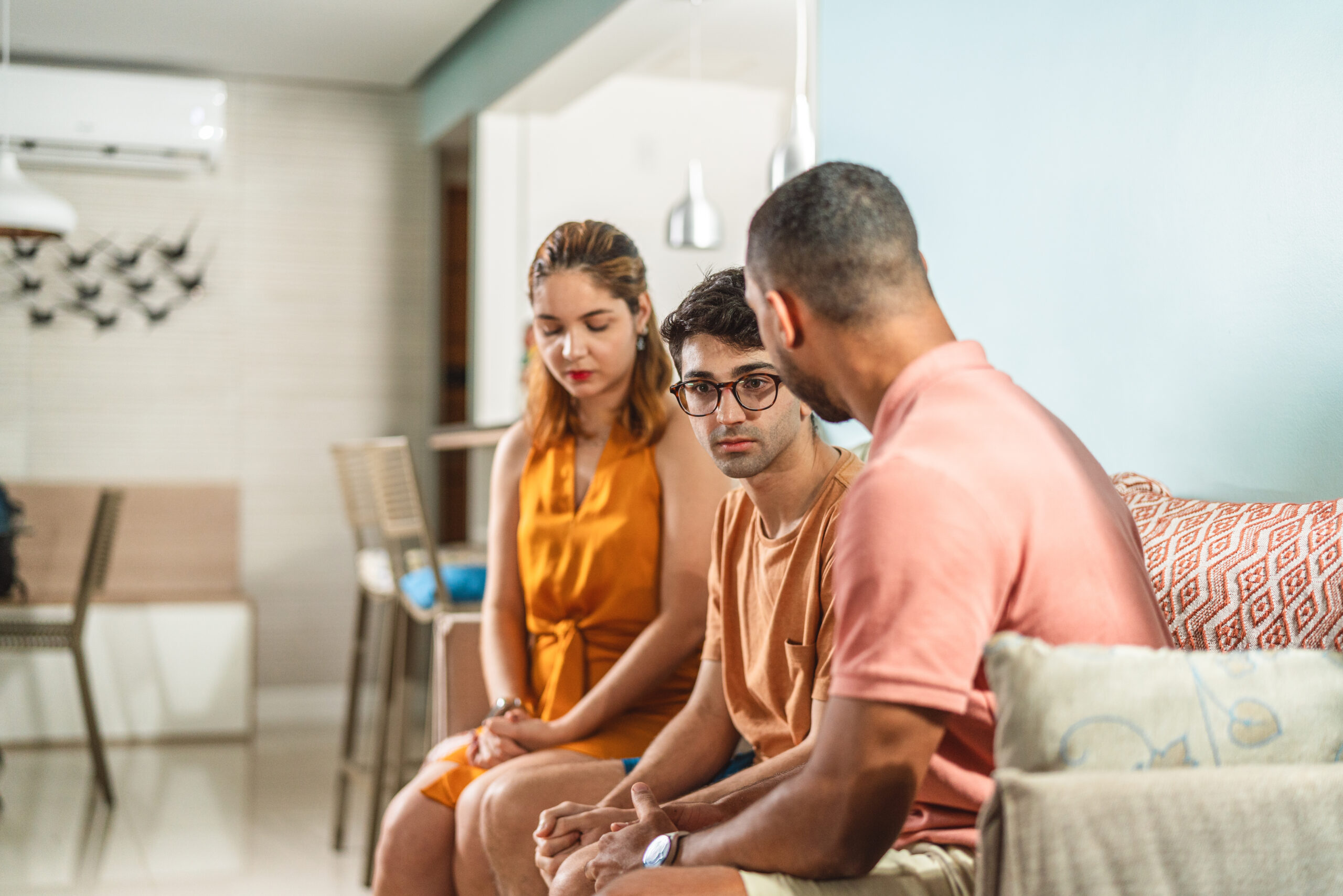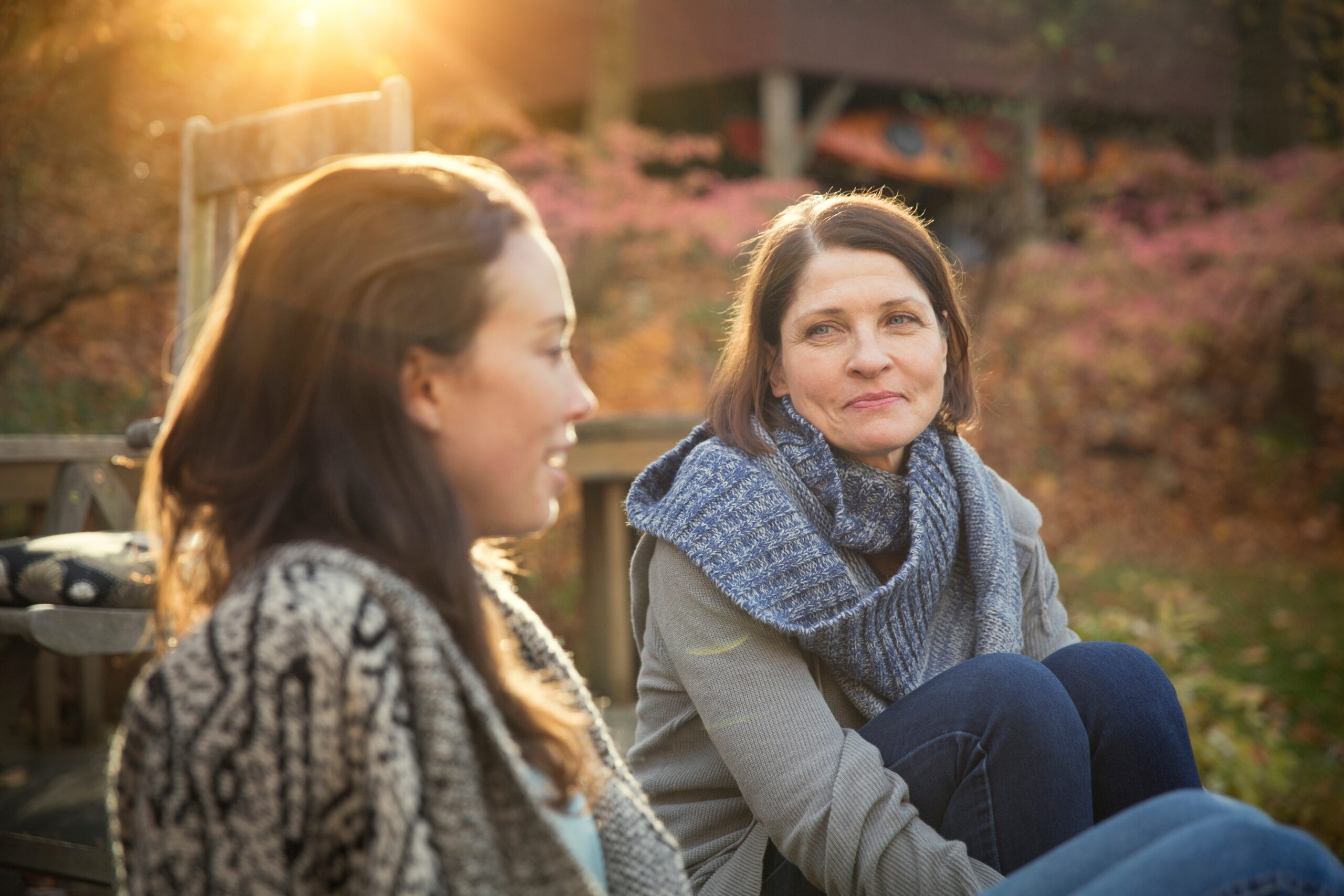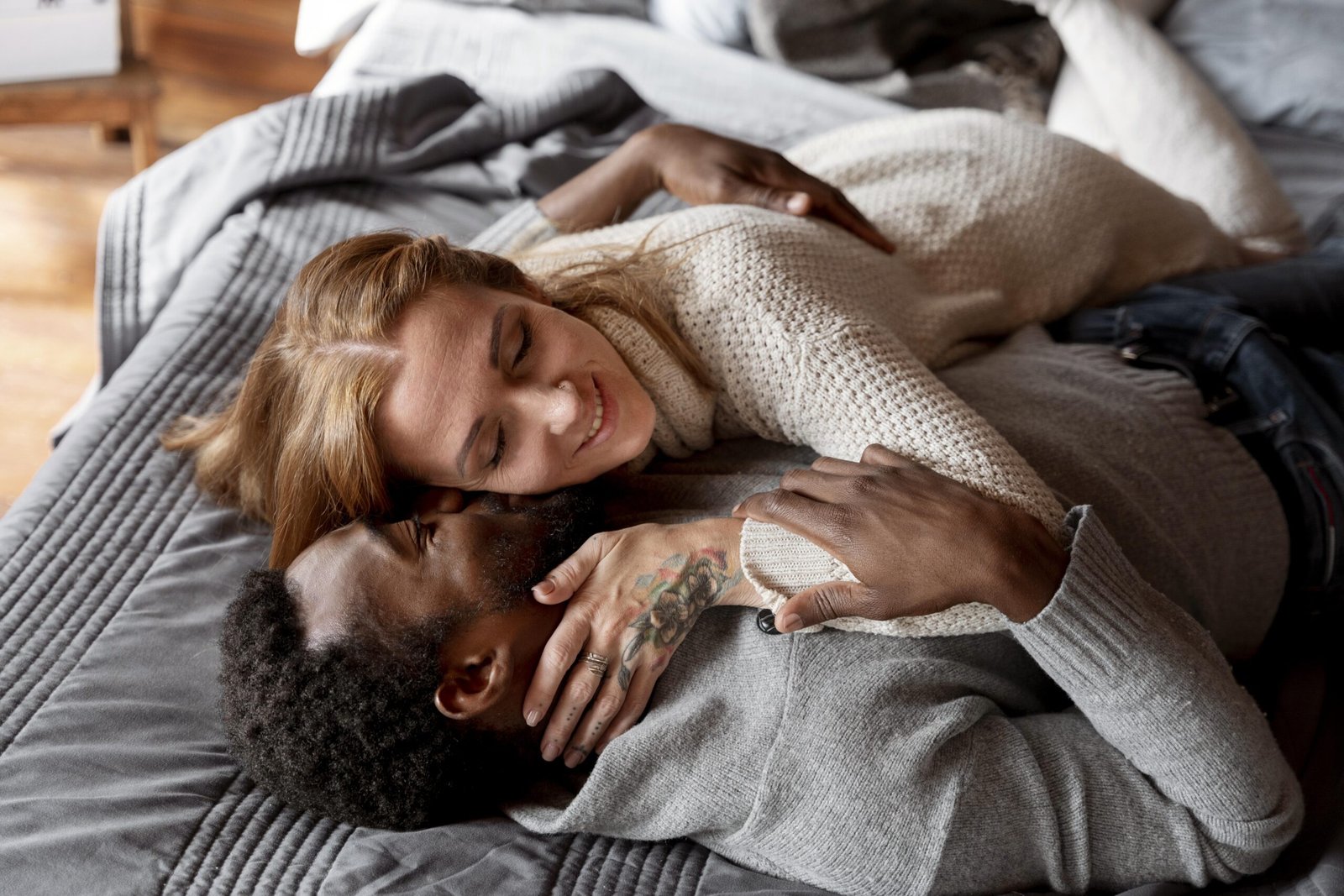Are We Ignoring Urban Communities in Health Conversations?
I didn’t grow up with kale smoothies, boutique gyms, or wellness influencers in my neighborhood. In the urban community where I was raised, health wasn’t something we pursued—it was something
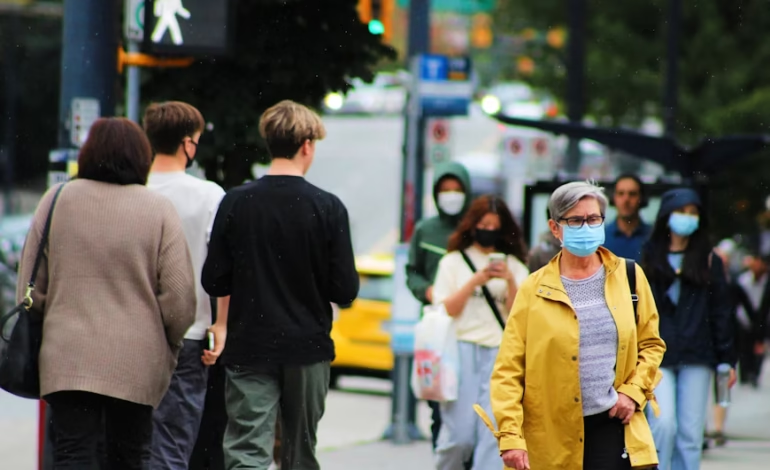
I didn’t grow up with kale smoothies, boutique gyms, or wellness influencers in my neighborhood. In the urban community where I was raised, health wasn’t something we pursued—it was something we reacted to, often too late.
We had corner stores, not co-ops. ER visits, not wellness check-ins. And for the longest time, I thought that was just how it had to be.
But what I’ve come to realize—after years of reporting, writing, and navigating my own health journey—is that urban communities aren’t being reached because they’ve been written off. Not just by advertisers. Not just by the wellness industry. But by a healthcare system and commercial market that often treat urban health like a financial risk instead of a public priority.
And I can’t stay quiet about that anymore.
The Message We’re Not Sending
Let’s be real. When most mainstream health campaigns roll out—whether it’s for nutrition, disease prevention, or mental wellness—they’re not designed with urban populations in mind.
Billboards don’t speak to the lived experience. Brochures land in clinics but rarely in barbershops, churches, or bodegas. Health tech is booming, but assumes access to private doctors, iPhones, and time off work.
In short? The message exists—but the messenger is missing.
Meanwhile, urban communities—especially Black, Brown, and immigrant populations—face the highest rates of chronic disease, food insecurity, stress-related, and environmental health disparities. And yet, we’re still seen as a “hard to reach” audience.
Let me be clear: we’re not hard to reach. We’re just not being reached with respect, relevance, or representation.
Do Brands Not See the Value?
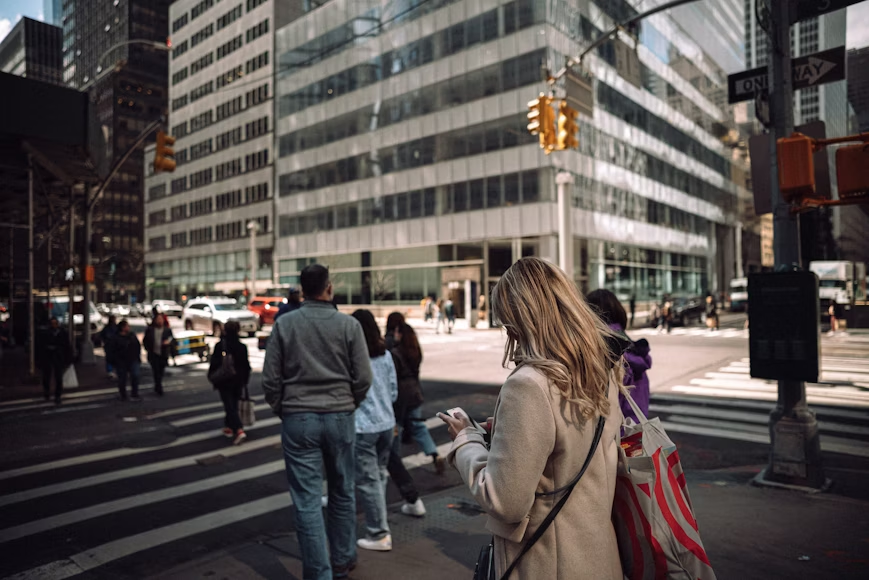
Here’s the uncomfortable question I keep asking: Do brands and companies simply believe there’s no profit in reaching urban communities?
Because that’s how it feels.
Billions are poured into advertising wellness products to upper-middle-class audiences. Wellness is being sold as a luxury. But the people who need these solutions most are often left out of the conversation entirely—because marketers don’t see the ROI.
Let’s break that down.
Urban communities in the U.S. represent hundreds of billions of dollars in spending power. According to Nielsen, Black consumers alone contribute over $1.6 trillion in annual buying power. Latine communities are not far behind. So it’s not that we’re not spending—it’s that we’re being ignored when it comes to wellness, health services, and prevention-based education.
It’s short-sighted. Not just morally—but economically.
If wellness companies, women healthcare providers, and public health campaigns started investing in real inclusion, not just token gestures, they’d see returns. Loyalty. Community engagement. Market expansion. More importantly: healthier communities.
It’s Not a Lack of Interest—It’s a Lack of Access
People in urban neighborhoods want to live well. We want better for our families. But health doesn’t exist in a vacuum—it exists in context.
When your neighborhood lacks fresh produce, walkable streets, or access to affordable care, it doesn’t matter how many fitness apps exist. When you’ve been dismissed or misdiagnosed in the past, a glossy “health and wellness” campaign feels hollow. And when your rent is due, your job is unstable, or you’re supporting a multigenerational household, self-care isn’t a trend—it’s a privilege.
We’re not uninterested. We’re just tired of being sold solutions that don’t reflect our realities.
What Needs to Change
As someone who now has the platform to write about health, I feel a responsibility to ask: What if we stopped talking about “hard to reach” and started talking about “hard to hear” campaigns?
What if we:
- Partnered with local leaders—barbers, stylists, spiritual leaders, youth mentors—to share trusted health information?
- Stopped assuming digital access and started showing up physically—in clinics, schools, community centers, even laundromats—with tools that make sense?
- Invested in culturally competent content that honors identity, history, and systemic barriers?
- Viewed wellness as a human right, not just a consumer category?
This isn’t a blame game. This is a wake-up call.
Because the people who are most affected by health inequities are often the ones with the least say in how solutions are designed—or advertised.
Why Ravoke Cares—and Why I Do, Too
At Ravoke, we believe wellness isn’t a one-size-fits-all formula. It should look different in every zip code—and that includes the inner city, the projects, the neighborhoods often overlooked.
This story isn’t just professional for me—it’s personal. I’ve lived in those neighborhoods. I’ve lost people too soon to preventable conditions. I’ve sat in waiting rooms where we were rushed, misinformed, and undercared for.
And I’ve seen what happens when information actually reaches the right people in the right way. Lives change. Cycles shift. Generational health begins.
My Thoughts
If you’re in healthcare, advertising, or wellness and you’ve been skipping over urban communities in your strategy, you’re not just missing a market—you’re missing a movement.
Because we’re not a lost cause. We’re the future of public health.
And we’re ready to be seen.
With urgency and love
By Barbra Tyson for Ravoke.com




